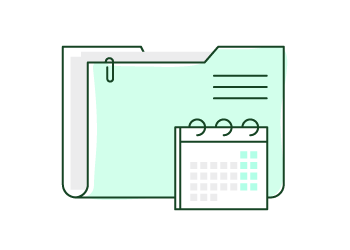Getting Things Done - GTD
How to start your new project
AUTHOR: Francisco Sáez
You may want to reform your home, develop an iPhone application or write a good article to post in your blog. The fact is that you have decided to start a new project and you really want to get down to work on it, but it is still somewhat fuzzy in your mind. You don’t know exactly how to do it or even where to start.
David Allen recommends in his book Getting Things Done a 5-step method for planning any project, called the natural planning model. You can read a good description of this model in this article.
It is called natural model because most times you go through these 5 steps mentally, almost without realizing it: (1) You define the purpose, (2) visualize the outcome, (3) generate ideas, (4) organize them and (5) establish the next actions. When the project is too complex or unfamiliar to you, you should follow each of these steps in a more conscious way, in order to define and organize effectively the first actions to do.
In these cases, spending a little time doing a prior research can help you find alternatives you currently don’t even know, speed up the development of the project and, ultimately, undertake it in less time and with less effort (so-called productivity). You might also reach the conclusion that it shouldn’t be done, which will allow you to save a lot of time and resources, and avoid a very frustrating situation. How can you conduct this preliminary investigation?
- Search the Internet. Search the web for anything having to do with your project (use Google, Wikipedia, blogs, specialized websites, etc.). The more information you have the better decisions you’ll take, but don’t obsess nor lose too much time on it. Scan, skim over and let your instincts guide you. Stop and read only when you have a hunch that you are in front of potentially useful information.
- Brainstorm. This is, in fact, the third of the 5 steps of natural planning. Grab a paper and generate all the ideas you can, write down whatever is in your mind, draw sketchs, create mind maps and establish the connections among all the items.
- Ask for advice. Many of us are reluctant to ask for advice, not wanting to bother anyone or considering it a sign of weakness. That’s foolishness. You can save a lot of work if you know an expert on the matter or just someone fond of it. Once you have researched on your own, you can send an email, call or invite that person to have a coffee (if it’s someone close). Explain what you want to do and clear your doubts.
- Write down everything you have learned during the investigation. Write a draft with the information, concepts or elements that are new for you. Writing them will help you to assimilate new stuff and will prepare your brain to make the best decisions.
Remember that the goal of this process is to define the first physical actions that will allow you to start your project and carry it out in the most productive way.





No comments